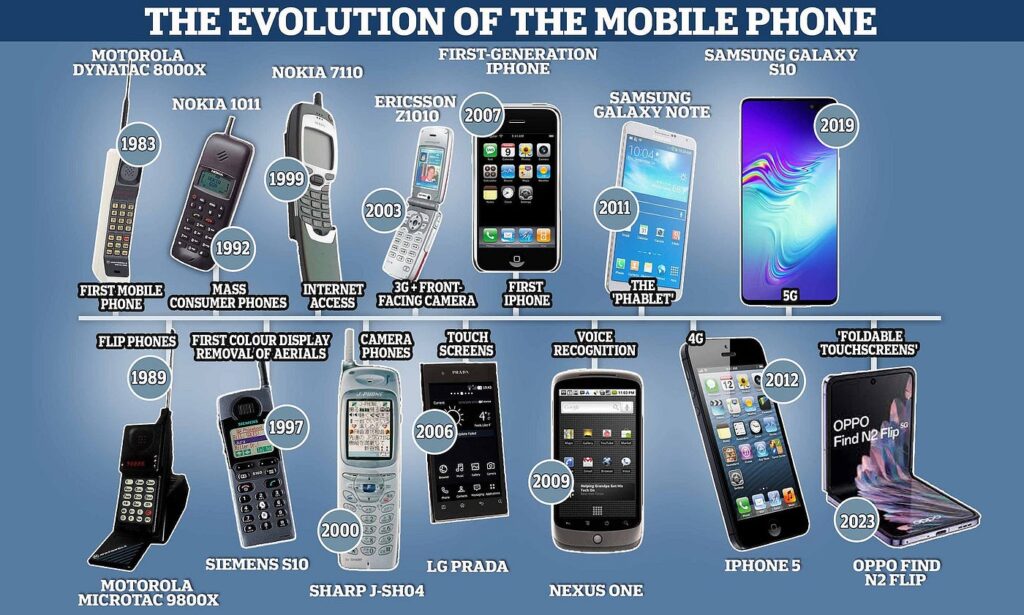Artificial Intelligence (AI) has transformed our world in incredible ways — powering chatbots, self-driving cars, healthcare diagnostics, and personalized shopping. But alongside the opportunities, AI comes with serious risks and ethical concerns.
As we move deeper into 2025, conversations around AI ethics, responsibility, and regulation have never been more important. While AI brings efficiency and innovation, it also raises issues about bias, surveillance, misinformation, job loss, and even human safety.
In this article, we’ll dive into the dark side of AI — the challenges, risks, and responsibilities we must confront to ensure AI benefits society instead of harming it.

1. AI Bias and Discrimination
AI learns from data — but data often contains biases from human society. This means AI can unintentionally reinforce discrimination in hiring, policing, healthcare, and lending.
-
Example: Recruitment AI tools rejecting candidates due to biased historical hiring data.
-
Impact: Marginalized groups face unfair treatment.
Solution: Developers must test AI systems for bias, use diverse datasets, and enforce AI fairness guidelines.
2. Job Loss and Automation
AI is replacing human labor in industries like customer service, manufacturing, transportation, and even journalism. While automation boosts productivity, it creates economic uncertainty for millions of workers.
-
Example: Self-checkout systems replacing cashiers, chatbots replacing human support agents.
-
Impact: Job displacement and rising unemployment in certain sectors.
Solution: Governments and businesses must invest in reskilling programs and create policies that support displaced workers.
3. Privacy and Surveillance
AI powers facial recognition, predictive policing, and mass data tracking. While useful for security, it can lead to an erosion of privacy and freedom.
-
Example: Governments using AI surveillance to monitor citizens.
-
Impact: Reduced civil liberties, potential misuse in authoritarian regimes.
Solution: Stronger privacy laws and regulations on surveillance technologies.
4. Deepfakes and Misinformation
AI can now generate realistic fake videos, voices, and images that are nearly impossible to detect. Deepfakes can be used for scams, political propaganda, or reputational harm.
-
Example: AI-generated fake speeches spreading false information.
-
Impact: Loss of trust in media and increased misinformation.
Solution: Development of deepfake detection tools and public education on digital literacy.
5. AI in Weapons and Warfare
AI is being used in military drones, autonomous weapons, and cyber warfare. While it can reduce human risk in combat, it also raises fears of uncontrollable AI-driven wars.
-
Example: Autonomous drones identifying and attacking targets without human oversight.
-
Impact: Ethical dilemmas and risks of accidental escalation.
Solution: Global agreements and strict regulations on AI in military applications.
6. Dependency on AI
As AI integrates into daily life — from navigation apps to financial trading — society risks becoming overdependent. If AI systems fail, get hacked, or manipulated, the consequences could be catastrophic.
-
Example: AI-driven stock trading leading to flash market crashes.
-
Impact: Loss of human control in critical decision-making.
Solution: Maintain human oversight and ensure fail-safe mechanisms in AI systems.
7. Ethical Concerns in Healthcare AI
AI is revolutionizing healthcare by diagnosing diseases, predicting outbreaks, and personalizing treatments. But mistakes in medical AI can cost lives.
-
Example: Misdiagnosis due to flawed AI training data.
-
Impact: Patient harm, medical negligence.
Solution: Strict medical AI testing, transparency, and physician involvement in AI decisions.
8. The Risk of Superintelligent AI
The biggest fear in the AI debate is superintelligence — AI systems surpassing human intelligence. If uncontrolled, superintelligent AI could make decisions beyond human comprehension or control.
-
Example: AI optimizing for harmful goals without ethical safeguards.
-
Impact: Existential risks to humanity.
Solution: Ongoing research in AI safety, global cooperation, and ethical frameworks before AI evolves beyond human oversight.
The Responsibility of AI Developers and Leaders
AI development is not just about coding and algorithms. It’s about responsibility:
-
Developers must design transparent, fair, and safe systems.
-
Businesses must use AI responsibly, not just for profit.
-
Governments must regulate AI use to protect citizens.
-
Users must stay aware of AI risks and not blindly trust systems.
Final Thoughts
AI is one of the most powerful technologies of our time, but with power comes responsibility. The dark side of AI — bias, job loss, surveillance, misinformation, autonomous weapons, and dependency — shows why ethical discussions are critical in 2025.
The future of AI depends not only on technological advancements but also on human choices. By addressing these challenges with fairness, transparency, and accountability, we can ensure AI becomes a force for good rather than harm.


